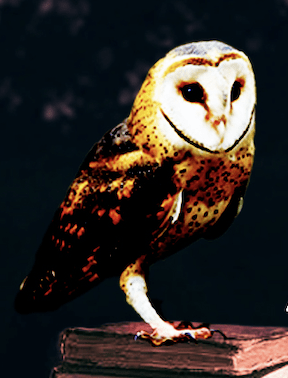Tag Asia
Kristin While generally accustomed to questions more politically utilitarian than philosophical, my recent studies have led to a new forest of questions which I am having all too much fun exploring. These questions surround the concept of leadership. In a… Continue Reading →
By guest contributor Joshua S. Daugherty While exploring the pictorial depth displayed in traditional Tibetan scroll paintings known as thangkas, a rather abstract concept continually resurfaced: the notion of space. Early paintings appear shallow or flat, yet, in later centuries,… Continue Reading →
By guest contributor Christopher B. Lowman If you have a smart phone handy, take a look at your phone application icon: when was the last time you saw a receiver shaped like that? Even the language associated with phones reflects… Continue Reading →
By guest contributor Kristin Buhrow The selection of successors to political and religious leadership roles is determined by different criteria around the world. In the Himalayas, a unique form of determining succession is used: the concept of Tulkuhood. Based in Tibetan… Continue Reading →


